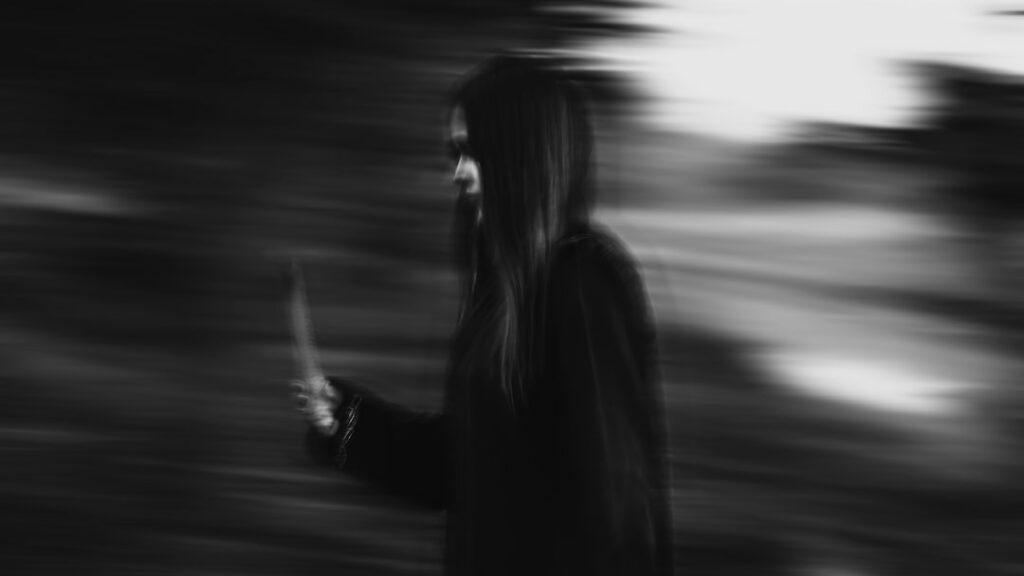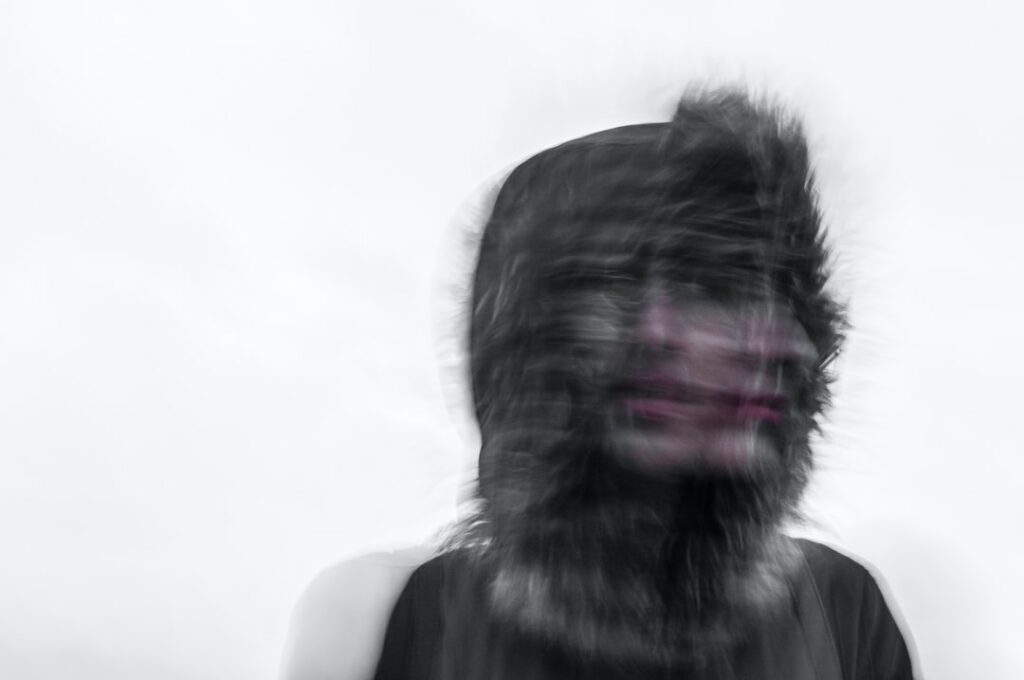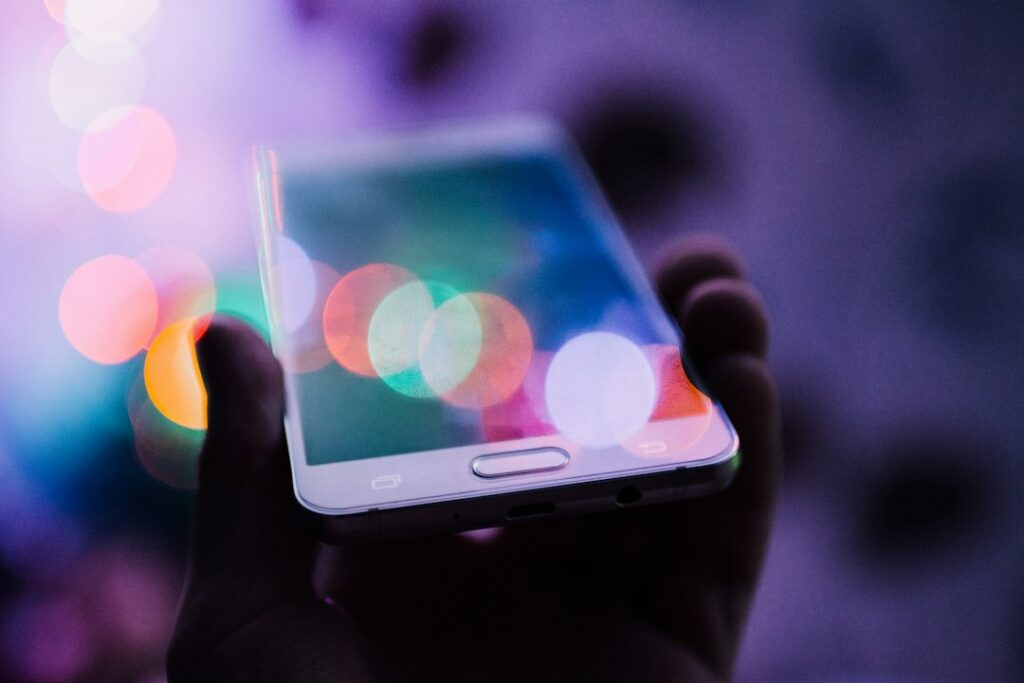


Have you ever woken up at night and couldn’t move or talk? Did you feel like someone or something was in the room with you?
Many people have witnessed this strange phenomenon called sleep paralysis demon, which can be really scary and confusing. In this article, we will explore why this happens.
To grasp the concept of sleep paralysis, it’s important to know what it is and be able to recognize its symptoms.
Sleep paralysis happens when you wake up and discover that you can’t move or speak. It can be a really scary experience, especially if you also see things that aren’t there. Some people even describe seeing a sleep paralysis demon, which is a scary figure that adds to the fear and confusion.
When you’re in this state, you might also feel a heavy pressure on your chest, which can make things even scarier. These episodes usually only last a few seconds to a few minutes, although they can feel much longer.
It’s worth noting that sleep paralysis is a temporary condition and isn’t considered life-threatening.
During sleep paralysis, you may have strong hallucinations that can make the episode scarier and more confusing. These hallucinations happen because the line between sleep and being awake gets blurry during sleep paralysis. Here are some important things to know about sleep paralysis hallucinations:
These hallucinations can make sleep paralysis episodes even scarier and add to the mystery of this phenomenon.

Understanding what causes sleep paralysis can help us understand this strange experience better. Sleep paralysis is when your muscles become temporarily paralyzed during sleep, and it can also happen when you’re awake.
Some things that can trigger sleep paralysis are disrupted sleep patterns, like having an irregular sleep schedule or not getting enough sleep. Stress, anxiety, and not getting enough sleep can also contribute to experiencing sleep paralysis.
Another thing that can cause sleep paralysis is having hallucinations while falling asleep, which can be vivid and mistaken for nightmares.
Cultural depictions of sleep demons have fascinated people for centuries, weaving tales that blend the mysterious realm of dreams with supernatural entities.
Across different cultures, these nocturnal visitors are often depicted as malevolent beings causing sleep disturbances and nightmares.
In Japanese folklore, the “kanashibari” is believed to be a spirit that paralyzes sleepers, making them unable to move.
In Scandinavian mythology, the “mare” or “nightmare” is a malicious creature riding on people’s chests, causing bad dreams.
The concept of sleep demons is also prevalent in African, Mexican, and Filipino folklore, each culture attributing unique characteristics to these nocturnal intruders.
While these cultural depictions vary, they reflect a shared human fascination with the mysterious and sometimes unsettling nature of sleep experiences.
To manage and prevent sleep paralysis, you can take some steps to lower the risk of experiencing it.
First, work on improving your sleep habits. This means keeping a regular sleep schedule and establishing a relaxing bedtime routine. These actions can help you sleep better and decrease the chances of sleep paralysis.
If you have other sleep disorders like narcolepsy or sleep apnea, getting treatment for these conditions may also reduce sleep paralysis episodes. Additionally, reducing stress and anxiety in your daily life can be helpful in preventing sleep paralysis.
If you do experience sleep paralysis, try focusing on small movements or practicing relaxation techniques to help end the episode.

Sleep-related hallucinations can happen when dream-like sensations continue while you’re awake. These hallucinations are often linked to sleep paralysis, which is a sleep disorder that causes temporary muscle paralysis during sleep. To understand sleep-related hallucinations, it’s important to know about the different types and what causes them.
Here are the key points:
Understanding the connection between sleep paralysis and hallucinations can help us learn more about this fascinating sleep phenomenon.
Do you want to know how blue light affects sleep paralysis?
Blue light from devices like smartphones and tablets can mess with our sleep. It can mess with the hormone melatonin that helps us sleep. This can make it hard to fall asleep and stay asleep, which can raise the chances of getting sleep paralysis. Also, blue light can make hallucinations more likely during sleep paralysis.
We still need more research to fully understand the connection between blue light and sleep paralysis. But it’s a good idea to limit blue light exposure before bed to sleep better and lower the chances of getting sleep paralysis and hallucinations.

Sleep paralysis demons are scary and confusing experiences that many people have.
But by learning about the science and psychology behind them, we can start to control and prevent future episodes.
Understanding the causes, symptoms, and cultural ideas about sleep paralysis gives us a better understanding of this mysterious sleep disorder.
Armed with this knowledge, we can unravel the mystery of sleep paralysis demons and find ways to cope with this unsettling experience.
Zander, K. (2023) 13 Names for the Sleep Paralysis Demon from Around the World [online]. https://www.mentalfloss.com/posts/sleep-paralysis-names-around-the-world